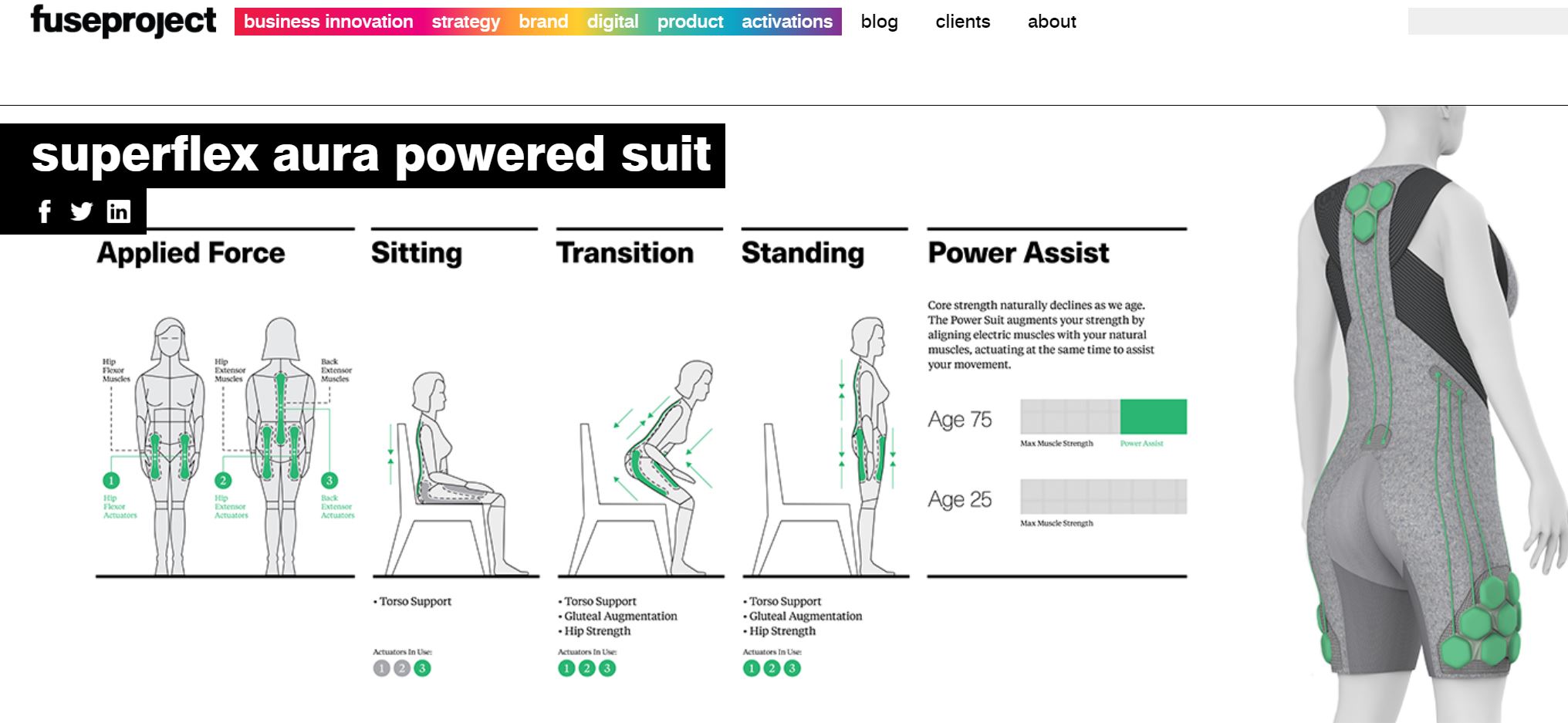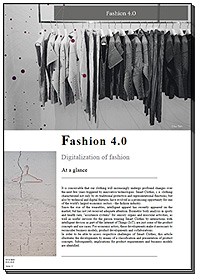Smart Clothes: The digitization of the fashion industry

The car drives independently through the morning rush hour. The refrigerator ordered new milk from a food supplier. When we leave work, the heating system at home prepares a pleasant temperature in the apartment. Products of our daily life increasingly get connected and smart. This Internet of Things (IoT) development does not even stop when it comes to body-worn items. We accepted Smart Watches and related Wearables to the everyday digital world. Smart Clothes could be next!
Driven by innovative technologies in the field of sensors, computing speed and battery life, it is conceivable that our clothing will increasingly change over the next few years. The so-called “Smart Clothes” are clothes characterized by traditional protective and representative functions in combination with digital and technical features and are considered as a promising opportunity for one of the world’s largest economic sectors – the fashion industry.
The possibilities are vast: Smart clothes measure body activity to give recommendations for a healthier lifestyle. The wardrobe knows its exact contents, advises on the composition of outfits or advertises suitable new products. Elderly people are supported by contractions of clothing when standing up and sitting upright. Today, companies are starting to reveal innovative product concepts that offer an outlook on the future of smart clothes in subsequent areas:
Sport and health
Since a large part of the injuries in the professional sport environment are attributed to a lack of muscle warming or overstraining, the accurate measurements of body activity during a workout allows the recognition of these dangers at an early stage and allows to react to them.
Fitness trackers in watches represent the first general and successful utilization of biometric data during sports. However, the wrist is not necessarily the most effective and inconspicuous placement of sensors and storage units. Thanks to new materials and sensors, which are integrated into the garments of sportswear, body data can be measured much more accurately.
Environmental sensors, sensory organs and exoskeleton
Due to dwindling muscle strength, older people often have the problem that sitting upright and standing up require a lot of effort. One could help them with support systems worn on the body. First developments have already been made to equip the clothing with actuators to support the wearer’s muscle work. This type of clothing is also called artificial exoskeleton.

Smart Clothes: Fuseproject has developed a smart suit that supports people with weaker muscles in sitting correctly, getting up and standing. Picture: Screenshot
Triggered by environmental hazards, smart clothes are capable to react by means of haptic and visual feedback and initiate appropriate countermeasures. In the industrial environment, augmented reality applications and a concomitant support of sensory perception are becoming increasingly interesting.
Communication and interaction
Other approaches focus less on the connection of clothes with the wearer’s body than on communicating clothes with the environment. By means of integrated transmitters, a garment can be identified and contacted individually. A football jersey would then also be the ticket to the football match in the stadium and enables the wearer to pre-order drinks with a special offer and to activate exclusive content in the halftime.
Companies such as Google and Levi Strauss have developed thin and flexible threads made of conductive metal alloys, which allow direct interaction between man and garment. They can be combined with a variety of natural and synthetic fibres, and in doing soretain the weight and feel of a normal yarn.
Business model
Like all industries that face the opportunities and risks of the digitization, the fashion industry should reconsider if the present value of their products for the customer will arise in new ways.
Several aspects need to be reconsidered – for example, it is questionable whether the one-off purchase of a garment remains the most promising profit model for fashion companies in times of digitalization. If the value for the customer comes from a service, one could, for example, offer free devices in connection with an associated ecosystem of services. Clothing manufacturers must be careful not to be demoted to hardware manufacturers in the future. To build and maintain an emotional connection with the customer and be competitive, actors in the fashion industry should seek compelling experiences and services combined with tasteful designs and fitting digital business models.
Consequently, the Whitepaper “Fashion 4.0” gives an overview of the smart clothes market with respective implications for business models and product developments.










